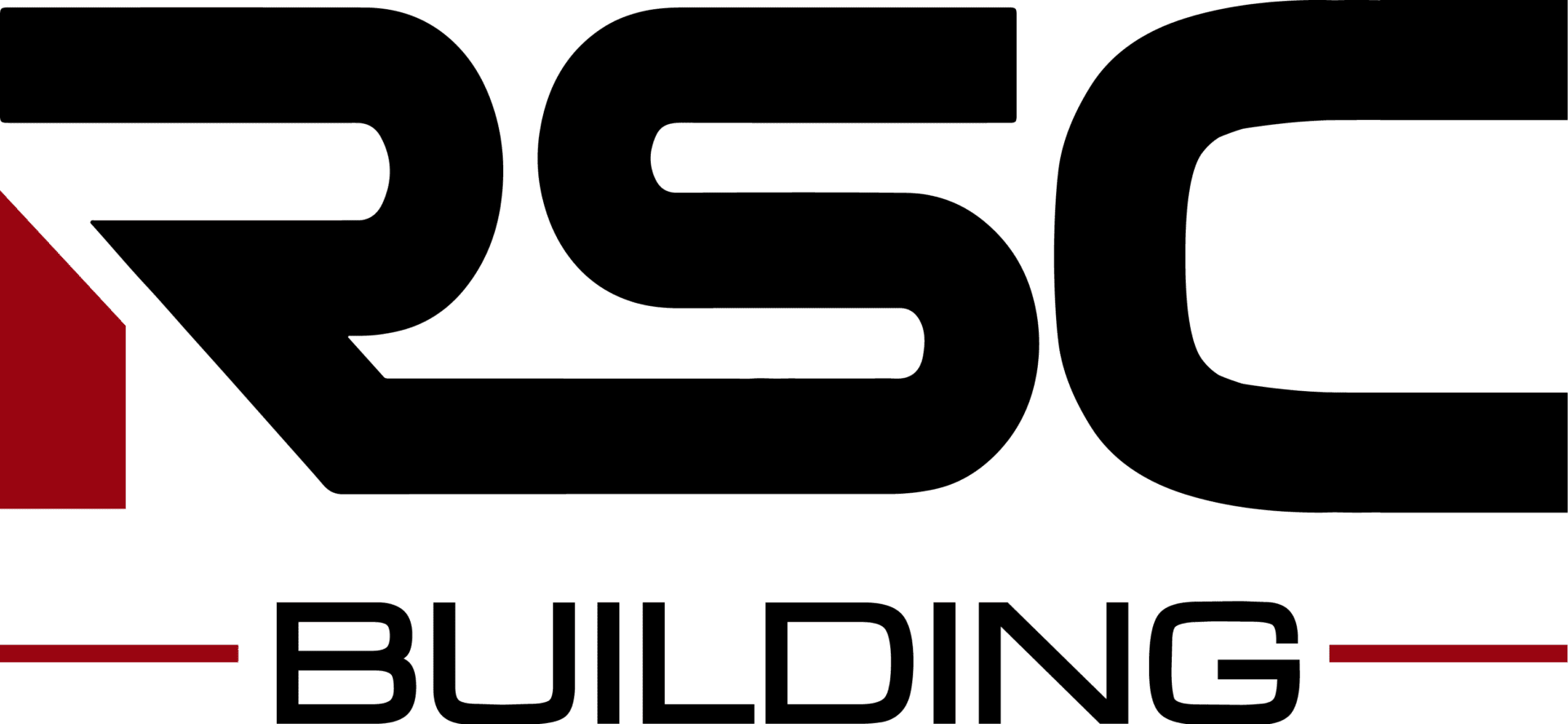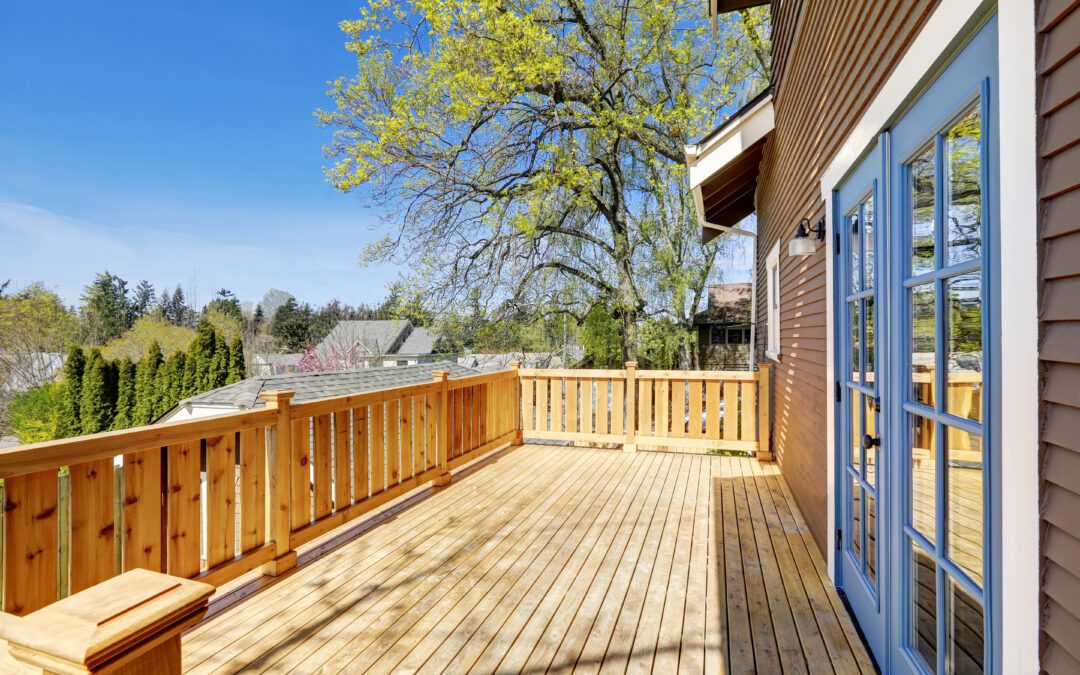Your deck should be a natural extension of your home, a space where you can relax, entertain, and enjoy the outdoors. But before you start building, you need to choose the right decking material—a decision that will shape the look, feel, and maintenance of your outdoor oasis.
Consider Your Climate
In regions with high humidity or frequent rain, like the Pacific Northwest, you’ll want a material that resists moisture and is less likely to rot, warp, or develop mold. Choose a material that won’t fade or crack under the intense sun for dry, sunny climates.
For example, Vermont’s snowy winters and humid summers demand a material that can withstand freezing temperatures and moisture. Opt for materials like pressure-treated wood or composite decking resistant to rot, decay, and warping.
Assess Maintenance Requirements
Different decking materials require varying levels of maintenance. If you prefer a low-maintenance option, composite decking or PVC (polyvinyl chloride) might be your best bet. These materials resist stains, scratches, and fading and don’t need to be sealed, stained, or painted.
If you love the natural look of wood and don’t mind the upkeep, materials like cedar, redwood, or even exotic hardwoods can offer a beautiful, timeless charm. Just be prepared for regular maintenance tasks such as sealing, staining, and occasional sanding to keep your deck looking its best.
Budget Wisely
Pressure-treated wood is generally the most affordable option, making it a popular choice for many homeowners. However, it may require more maintenance over time, which can increase costs in the long run.
Composite and PVC decking are more expensive upfront but offer durability and lower maintenance costs, potentially saving you money over time. Exotic hardwoods like ipe or mahogany are premium options with a higher price tag, but their longevity and beauty can make them a worthwhile investment.
Think About Aesthetics
The look and feel of your deck are important considerations, especially if you want your outdoor space to complement your home’s architecture and landscaping. Wood offers a natural, warm appearance that many homeowners find attractive. Cedar and redwood have rich, warm tones, while exotic hardwoods offer unique grain patterns and deep colors.
If you prefer a sleek, modern look, composite or PVC decking might be more suitable. These materials come in a wide range of colors and finishes, some of which closely mimic the appearance of natural wood. You should also consider the material’s texture—smooth, grooved, or embossed surfaces can add different aesthetic qualities and impact the deck’s safety, especially when wet.
Durability and Lifespan
Composite and PVC options last 25-30 years with minimal upkeep and resist warping, splintering, and insects. Pressure-treated wood is also a solid choice but may require more attention to prevent rot and insect damage. For the ultimate in durability and beauty, hardwoods like ipe can last over 40 years but require regular care to maintain their rich appearance.
Environmental Impact
For environmentally-conscious homeowners, the sustainability of the decking material is a significant concern. Reclaimed and FSC-certified (Forest Stewardship Council) wood are excellent eco-friendly choices.
Composite decking, often made from recycled materials like plastic bags and wood scraps, is another green option. However, it’s important to note that composite decking is not biodegradable. Natural wood can be a biodegradable and renewable option, but it may contribute to deforestation if not sourced responsibly.
Unsure which decking material is right for you? Our team at Rob Shea Construction is here to guide you with expert advice and quality installation. Contact us today to build the perfect deck tailored to your home and lifestyle.

